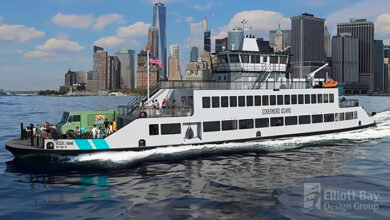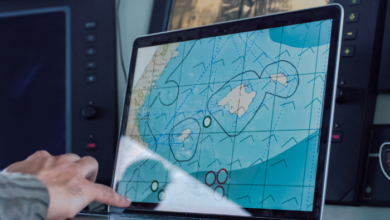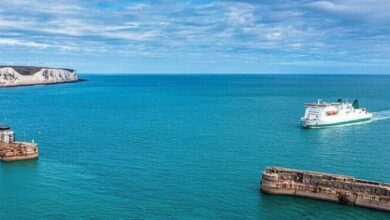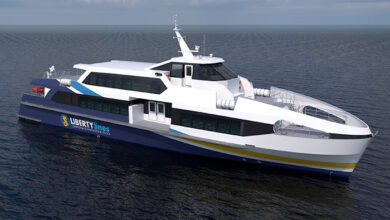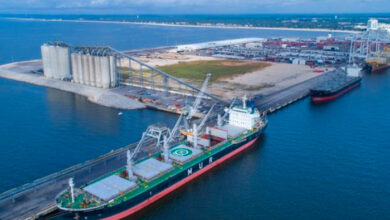Ports : South Louisiana ports advocate for federal aid post-Hurricane Ida
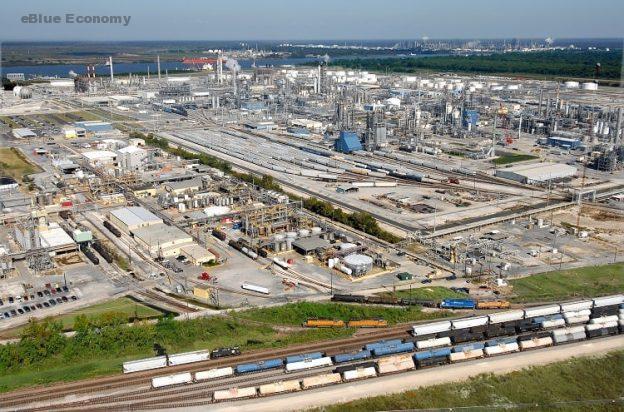
Several south Louisiana ports partnered to request federal assistance as a result of the impacts of Hurricane Ida on their infrastructure, waterways, and communities. The Ports of New Orleans, Baton Rouge, Fourchon, Morgan City, Plaquemines, St. Bernard, South Louisiana, and Terrebonne formally submitted a request to President Biden on Sept. 7, 2021, to ensure ports are included in bills for urgent funding from Congress.
The Lower Mississippi River opened just three days after Hurricane Ida made landfall in southeast Louisiana as a category 4 storm. By Sept. 2, 2021, the Port of New Orleans (Port NOLA) resumed limited operations and became fully operational on Sept. 7, nine days after Hurricane Ida.
Although operations resumed, there remains ongoing assessment of needs, and supply chain disruptions also continue. Damages caused by Hurricane Ida placed significant additional stress on an already strained supply chain network throughout the entire country.
/cloudfront-us-east-1.images.arcpublishing.com/gray/74ZQBAXYYJGI3NQMNO3GVDTRK4.png)
Critical impacts to maritime facilities and infrastructure include damage and extended closures of grain terminals during a record harvest season and ongoing extended closure of the Gulf Intracoastal Waterway (GIWW) between Morgan City and New Orleans, resulting in four- to five-day delays for barge tows and shallow-water traffic.
There was also damage sustained to maritime communication systems and pilot stations on the Lower Mississippi River, extended outages of four of nine oil refineries on the Lower Mississippi River, power grid failures resulting in ongoing delays for restarting critical operations, and an increasing resulting need for sufficient back-up power generating systems for maritime infrastructure. South Louisiana ports also continue to deal with a lack of available housing for labor and transportation sector workers needed to restore operations to normal and damages to bridges in the area continue to impede rescue, response, and reconstitution efforts.
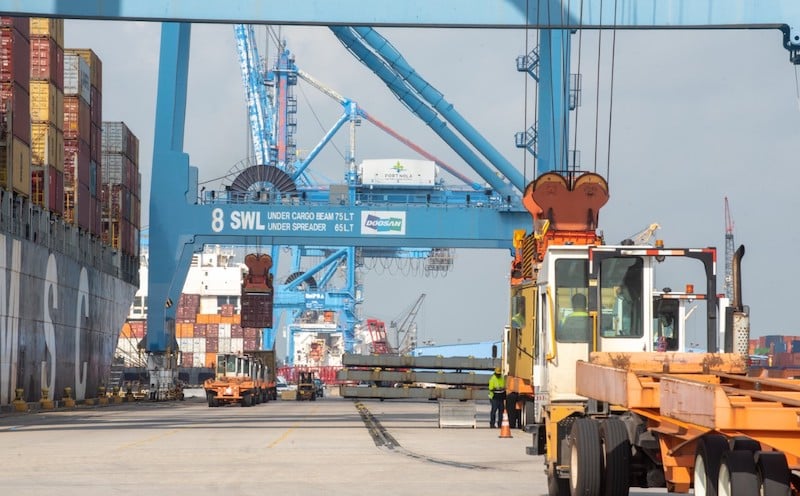
“The Port of New Orleans and New Orleans Public Belt Railroad is resilient and strong. Our wharves are busy post-storm and trains are moving, but we still have challenges to overcome in order to get back to previous levels,” said Brandy D. Christian, President, and CEO of Port NOLA and CEO of NOPB. “To restore this economic engine fully and preserve the thousands of jobs that depend on it, we respectfully ask that the White House urgently request funding from Congress to address these issues as soon as possible to help us collectively move forward from these significant impacts.”
Nationally, Port NOLA supports nearly 120,000 jobs and generates an economic impact of nearly $30 billion. Port NOLA is a top importer of coffee, steel, natural rubber, and consumer goods, and a top exporter of frozen poultry and plastic resins for manufacturing.
The Lower Mississippi River from Baton Rouge to the Gulf is one of the busiest port complexes in the world, with approximately 6,000 oceangoing ships annually transiting the river and handling 60 percent of the nation’s export grain and 20 percent of its energy. Louisiana ports have an economic impact of more than $180 billion annually on the U.S. economy and are responsible for more than 500,000 jobs.
Port of South Louisiana St. Charles Parish
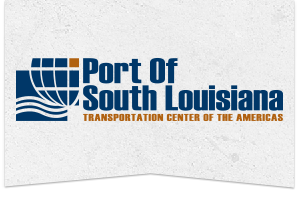
The Port of South Louisiana has five first-rate port-owned facilities, ranging from grain elevators to general cargo facilities, including the St. Charles Parish location. The Port is serviced by three railroads, including CN, KCS, and UP. Major road access includes Interstates 10, 310, and 55, U.S. Highways 61 and 90, and Louisiana Highways 51, 44, 18, 3127, and 3125.





